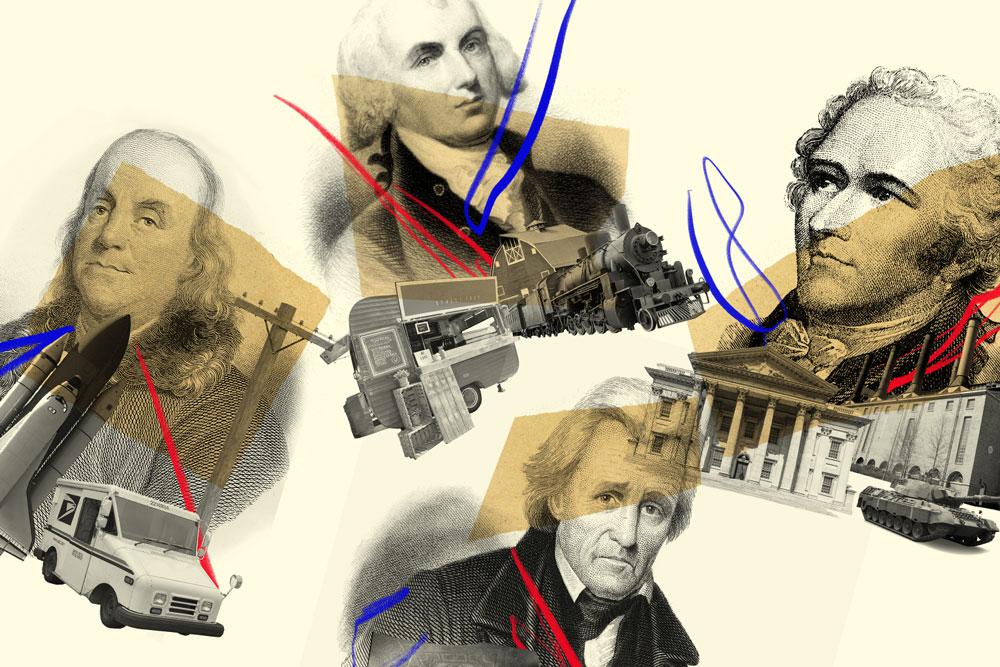One of the aspects of fiat money is that it is created by decree by financial institutions ( the fed and the banks).
They simply record an asset ( the loan) and a liability ( the deposit ) in their balance sheets.
The same happens with the central bank.
Since it is just a record, in the balance sheets of financial institutions the key point is how to spend it.
Handouts might help alleviate poverty, however they do not increase production. In order to increase production countries need an industrial policy and national security policy: what industries have to be developed? Where will job allocation occur? what are the measures that have to be taken to protect the industries we seek to develop? Which resources are at risk ( e.g water in the southwest)? What measures have to be taken to protect those resources?
They simply record an asset ( the loan) and a liability ( the deposit ) in their balance sheets.
The same happens with the central bank.
Since it is just a record, in the balance sheets of financial institutions the key point is how to spend it.
Handouts might help alleviate poverty, however they do not increase production. In order to increase production countries need an industrial policy and national security policy: what industries have to be developed? Where will job allocation occur? what are the measures that have to be taken to protect the industries we seek to develop? Which resources are at risk ( e.g water in the southwest)? What measures have to be taken to protect those resources?
:max_bytes(150000):strip_icc()/reserve-maintenance-period.asp-final-8b9ecf0c09e84593a5a8c449cf0f2db0.png)


